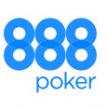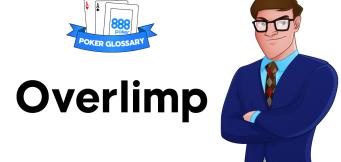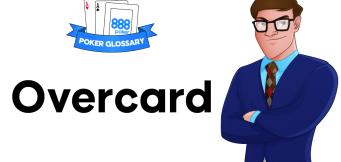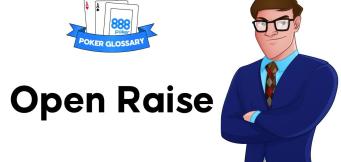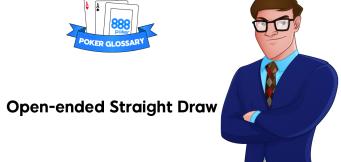888poker Team
's Articles
An overlimp is a limp made after a player has already limped before us on the current betting round. The term overlimp is used interchangeably with limp behind. Although open limping is not generally considered a good strategic option, the general consensus is that overlimpinghas its merits when used correctly. Since limping can only occur on the initial betting round, it’s natural that overlimpingis something that can also only occur on the first betting round (preflop in Hold’em).
An overcard is a card that has a higher rank than another card or hand to which it is compared. For example, in Hold’em, imagine a flop texture of T75. Any turn card that is higher than a Ten can be referred to as an “overcard to the board”. Imagine we held pocket Queens on that same board texture. We might now describe any King or Ace as an overcard. Although a Jack on the turn would still be an overcard to the board, it wouldn’t be an overcardto our pair, which is what is most relevant here.
An out is any card left in the deck that can complete our hand (and generally give us the best hand). For example, if we hold the 6789 straight draw, any Five or Ten is an out since it completes the straight. That would typically be a total of 8 outs, but it does depend on which cards are still in the deck and which cards are already ‘dead’.
An open raise is the first raise on the first betting round where we are the first player to enter the pot voluntarily. The most common example is in Hold’em, where the action gets folded around to us preflop. If we are the first to enter the pot with a raise, it’s known as an open raise. If a player has already entered the pot before us by limping, a raise is instead referred to as an is o raise rather than an open raise.
An open ended straight draw or OESD for short, refers to a straight draw that can be completed at either end. For example, if we hold 6789, we can catch either a Ten or a Five to complete our straight. There are usually 8 cards left in the deck that can complete our open ended straight, but it does depend on which cards have already dealt (especially in the case of Stud games).
One-gap means that there is a gap of exactly one rank between two cards. For example, if we are dealt 79s (Seven Nine suited) in Hold’em, it is referred to as a “suited one-gapper”. Although the term is primarily used to describe starting hands, it can technically be used to describe any scenario where two cards have a gap of exactly one rank.
